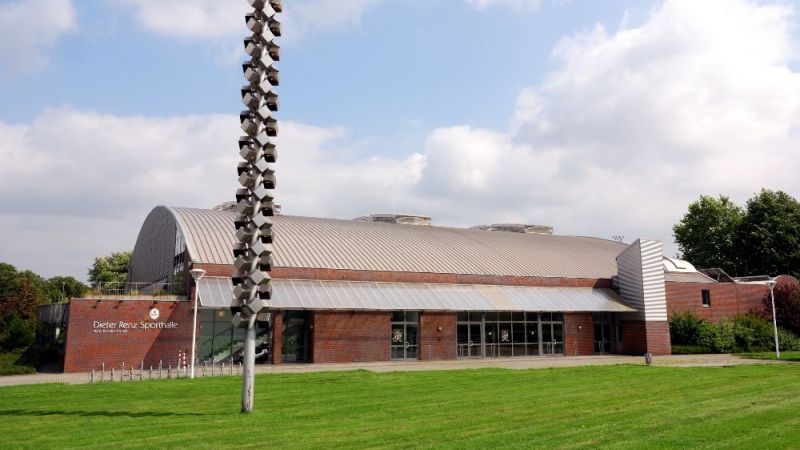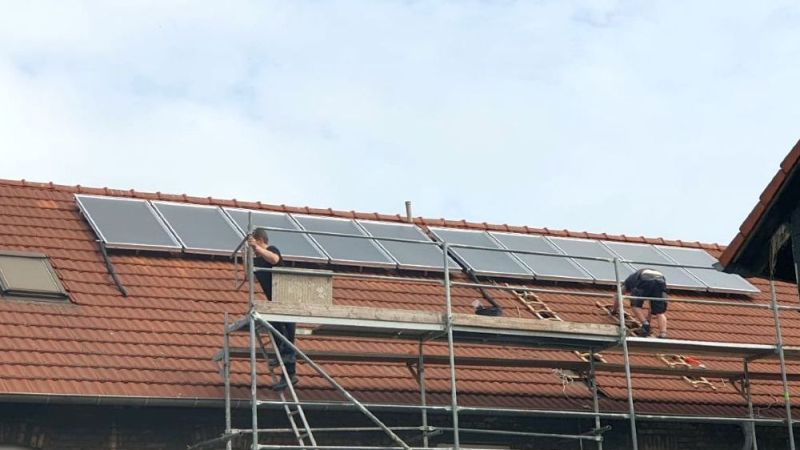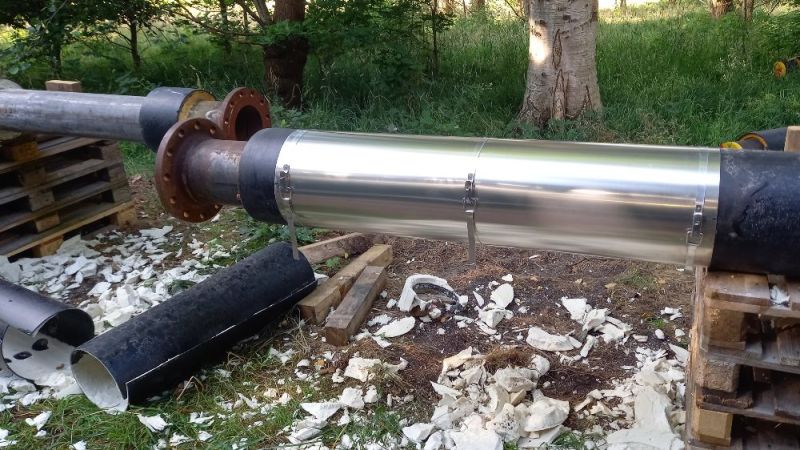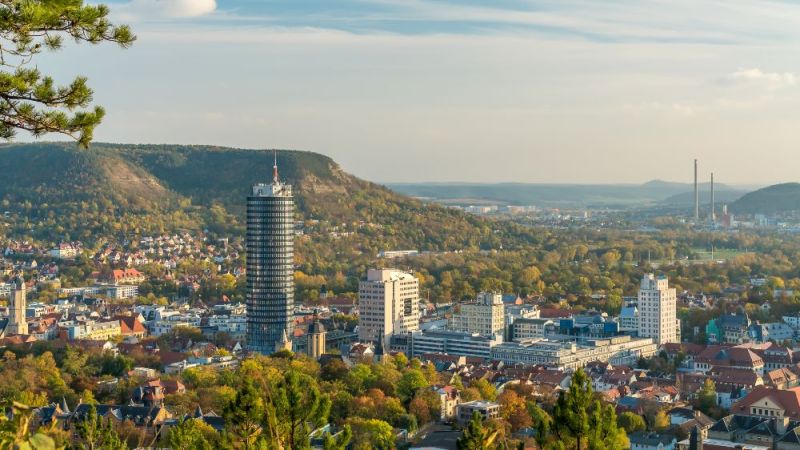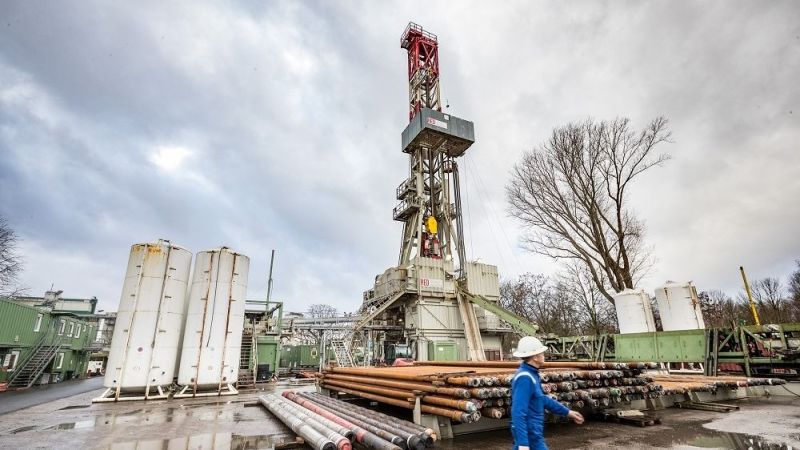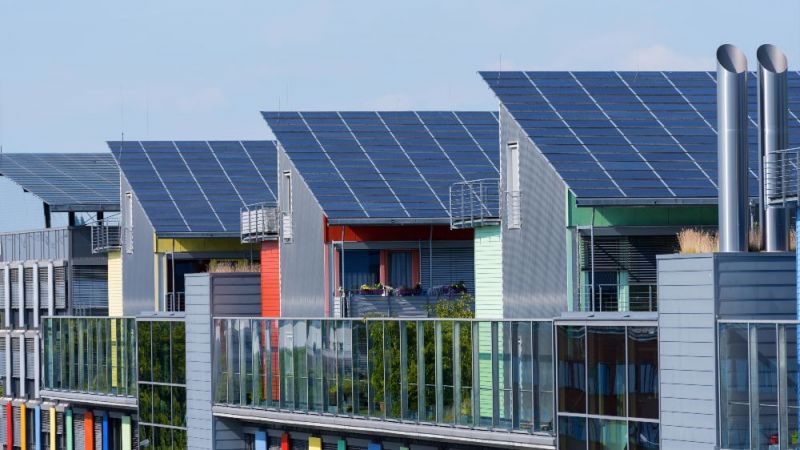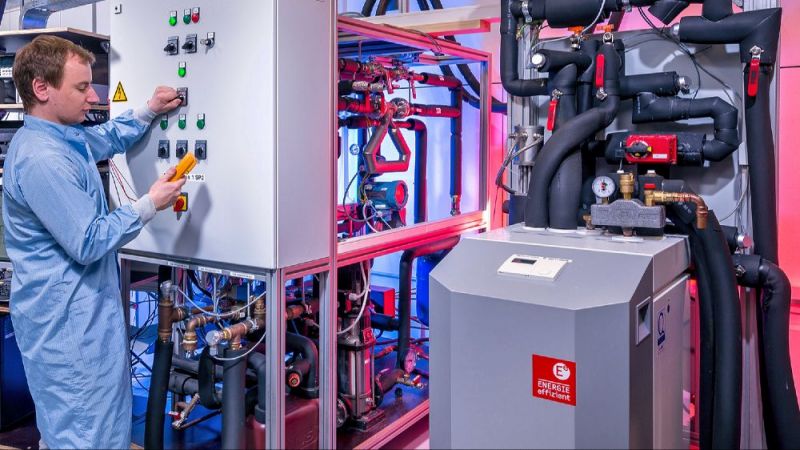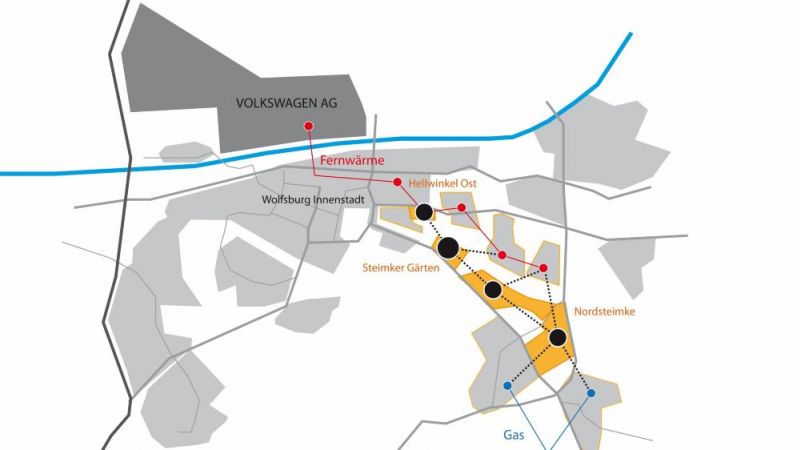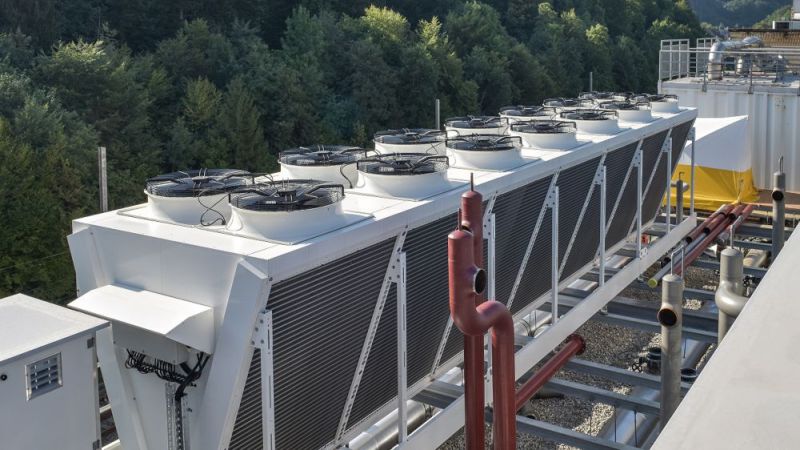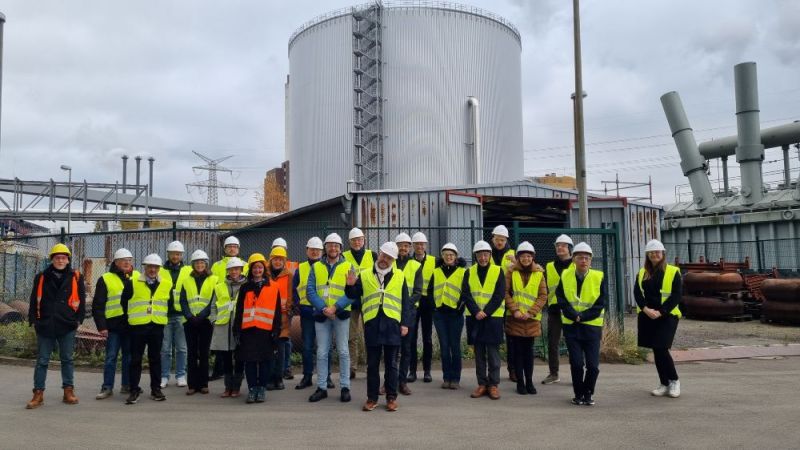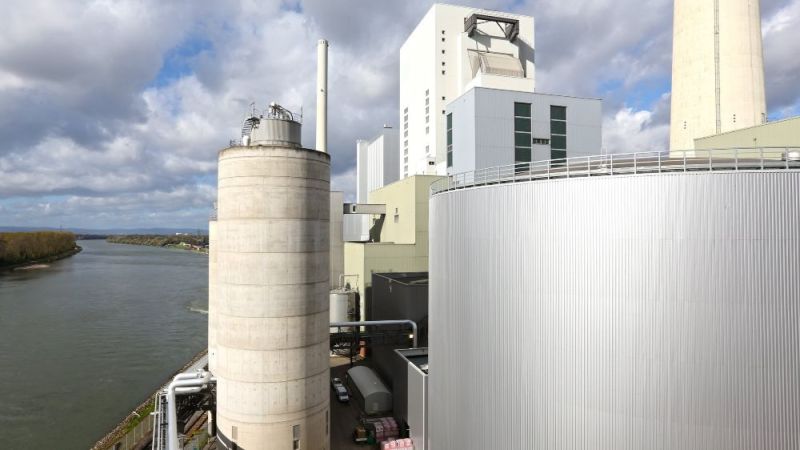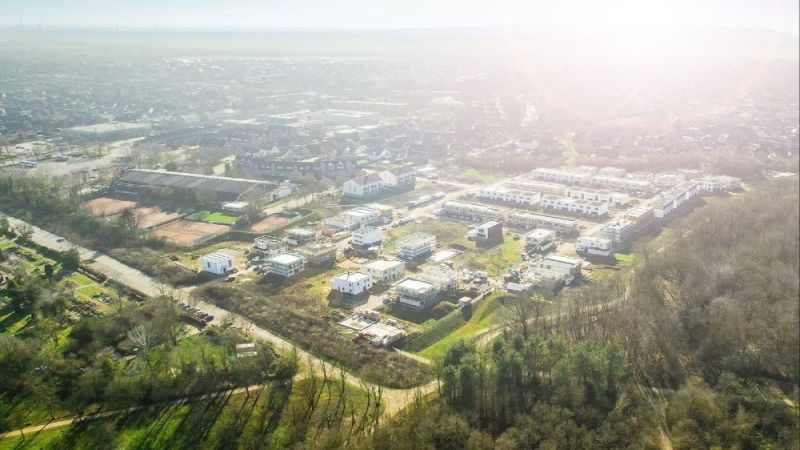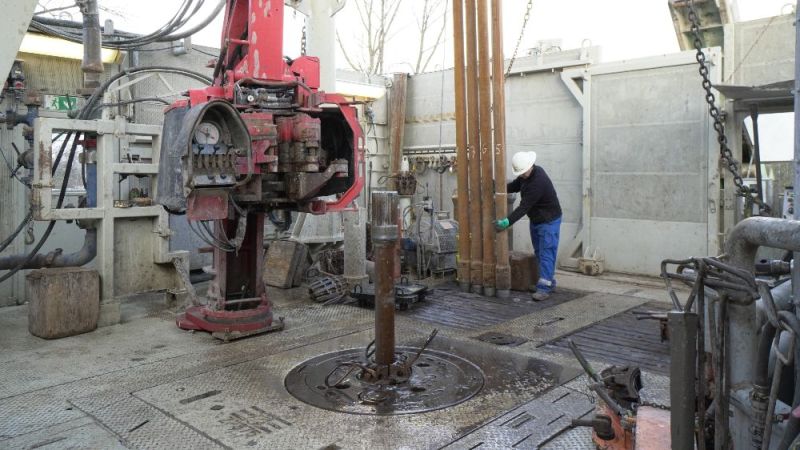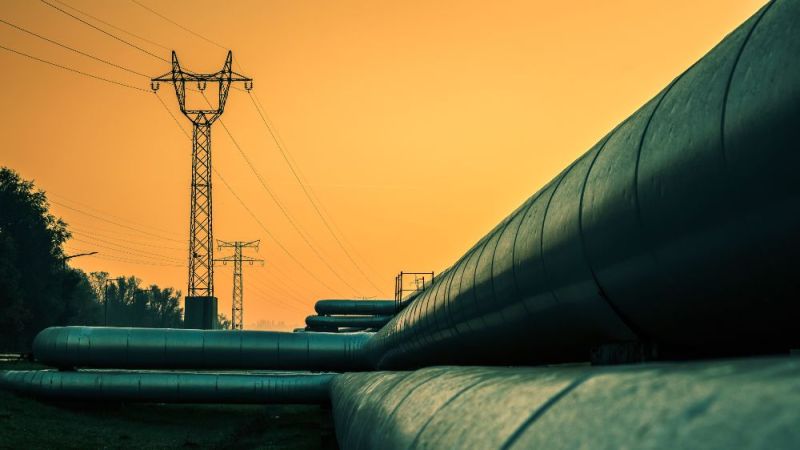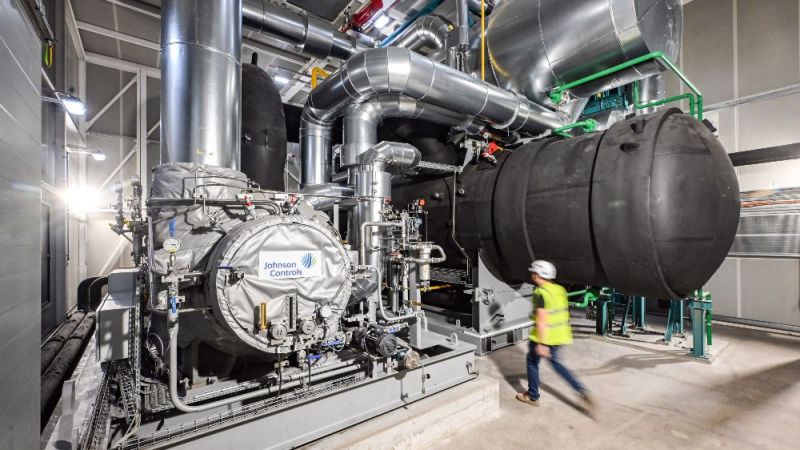
Heating systems
High-efficiency, decentralised heating pumps instead of thermostatic valves
Central heating normally requires a central circulation pump. The fact that this does not have to be the case has been shown by a pump manufacturer with extremely small and very quiet pumps. The high-efficiency pumps require on average just one watt of energy and can supply radiators individually and therefore in accordance with needs. Here they utilise the same power-saving EC motor technology familiar in other high-efficiency pumps. A decisive component of this concept is a central server with an interface to the heat generator. As the “central brain”, it takes on all control and regulation tasks in the overall system. This makes it possible to dispense with manual hydraulic balancing as well as thermostatic valves and other throttle devices.
The basic concept behind the research and development project is to equip radiators with their own small, decentralised circulation pumps so as to eliminate the need for radiator vents and other throttle devices. The innovative system was primarily developed for conventional central heating systems and twin pipe systems with surface or radiator heating systems with design mass flows of up to around 100 l/h per heating circuit, which are connected to standard heat generators. The system is designed for new-build schemes or renovation projects and can be deployed in single-family homes, apartment buildings and commercial property such as office buildings.
Research focus
With a decentralised pump system, each heating surface receives the required hot water volume via its own miniature pump. A hydraulically ideal heating system is achieved because every heating surface is precisely supplied with the right amount of water. Conventional “supply-based heating” with a central heating pump is replaced with “demand-based heating”, which offers considerable benefits in terms of the comfort and energy consumption. Energy losses caused by hydraulic faults are prevented since, in addition to hydraulically optimising the entire heating system, eliminating thermostatic valves further reduces the energy consumption when transferring heat.
A decisive component of this concept is a central server with an interface to the heat generator. As the “central brain”, the server is responsible for all control and regulation tasks in the overall system. Manual hydraulic balancing is no longer required. According to a study from the VDMA, hydraulic balancing can already achieve energy savings of 15% in existing buildings. Combined with the decentralised pump system developed here, 20% of the heating energy can be saved relative to conventional, hydraulically balanced heating systems with central pumps and thermostatic valves. This has been proved in scientific studies and practical field tests.
In addition, the server continuously determines the target and current temperatures for all rooms, which enables the supply temperatures to be reduced relative to weather-based control systems. This in turn reduces the heat distribution losses and, particularly with condensing boilers and heat pumps, simultaneously leads to more efficient utilisation of the heat generator. Thanks to the high control quality, quicker heating and temperature drops, as well as precise control of the room temperatures according to predefined time profiles, all rooms can be heated as needed both when they are used and not used.
Successes
The new system was tested in practice for the first time in 2004. Prototypes were then installed in several reference buildings from 2005 onwards. In May 2005, Professor Richter (TU Dresden) published the study “Entwicklung und Einsatz energiesparender dezentraler Heizungspumpen – Systemanalyse der Heizungsanlage” (development and use of energy-saving, decentralised heating pumps – system analysis of the heating systems). The study covers the basic investigations, simulations and field tests. The research project enabled the needs-oriented and individual control of the heat transmission to achieve practical application. In March 2009, the system was presented to the public and has been available on the market since July 2009 under the name “Geniax”.
Application
In addition to the actual miniature pumps and their pump electronics, a decisive component of the decentralised pump system is a central server with an interface to the heat generator. As the “central brain”, it takes on all control and regulation tasks in the overall system. It can communicate with up to 252 system elements, i.e. operating devices and pump interfaces.
Room operating panels are also optionally available, whereby the company relies on hard-wired, battery-free systems. The connection lines can be laid during the construction or renovation phase without any great difficulties. It is also planned to incorporate the system into building automation systems. The server and pumps communicate via a special bus system.
Should mechanical faults occur or the power supply partially fails, the other pumps in the system will continue running. If the bus system fails, all pumps continue running at a predefined emergency speed and the building will still be completely heated.


